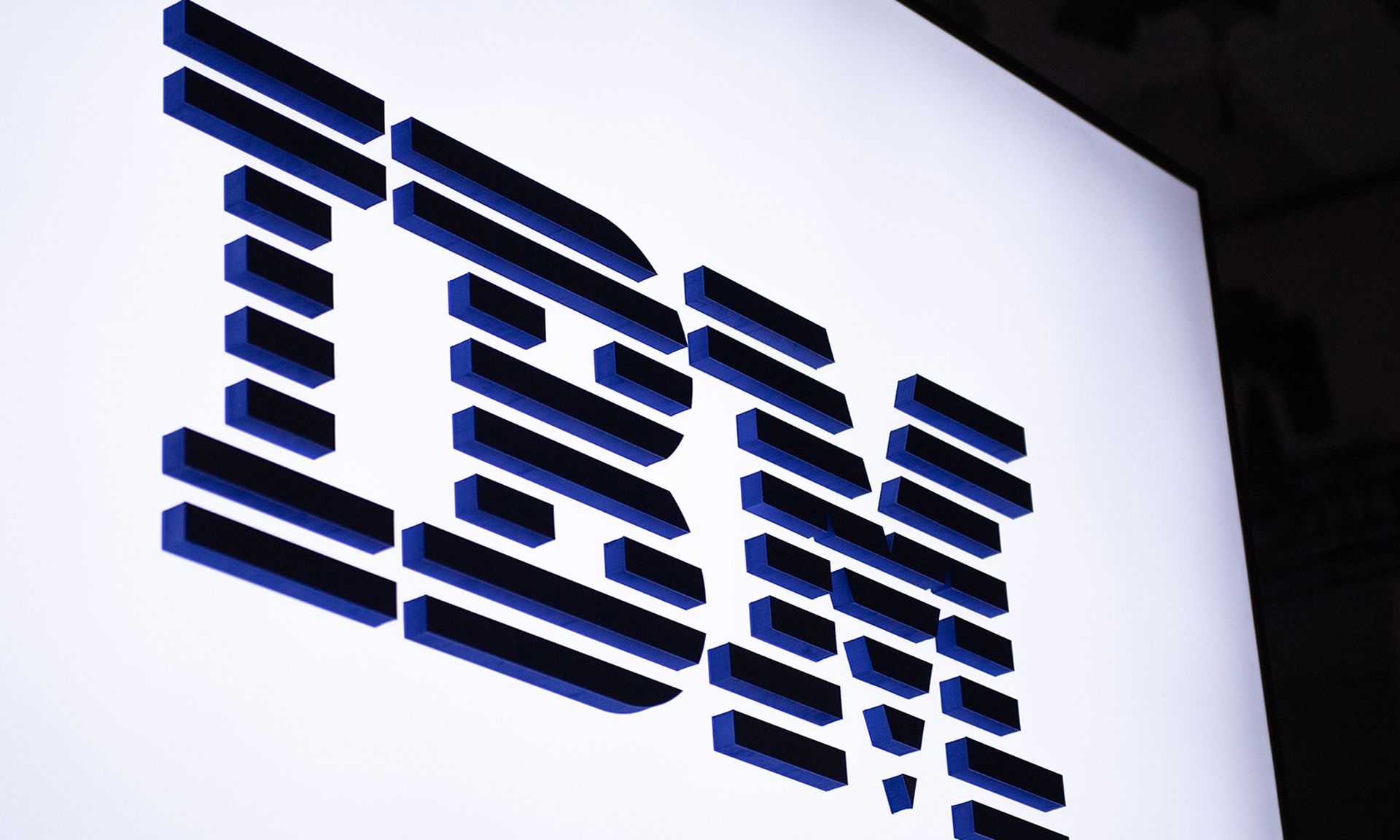
IBM Security on Wednesday released its annual Cost of a Data Breach Report, which found that the cost of a breach reached an all-time high of $4.35 million in 2022.
The report also found that breach costs increased nearly 13% over the last two years, an indication that these cyber incidents may also contribute to the rising costs of goods and services.
Some 60% of organizations surveyed by IBM raised their prices because of a breach — at a time when the economy has experienced the worst inflationary spiral since the early 1980s.
“The more businesses try to perfect their perimeter instead of investing in detection and response, the more breaches can fuel cost of living increases." said Charles Henderson, global head of IBM Security X-Force. "This report shows that the right strategies coupled with the right technologies can help make all the difference when businesses are attacked."
Each year IBM releases its report, the average cost of a breach increases, said Hank Schless, senior manager, security solutions at Lookout. Schless said the value of sensitive data has increased, and as a byproduct of that, the long-term damage to a company that experiences a breach is getting ever more costly.
“The numbers found in this report should be a wakeup call to anyone who thinks data security and infrastructure integrity can take a back seat to other priorities,” Schless said. “The findings in this report show how challenging it is for organizations to keep their security practices up with the speed of cloud adoption. This pain is only aggravated for organizations that weren’t born in the cloud and need to go through a massive infrastructure transformation to move their data from legacy on-premises servers to the cloud.”
AI and automation helps reduce cost of breach, expert says
Jerrod Piker, product marketing manager at Deep Instinct, countered the findings of the IBM report by saying that as the cost of a data breach has reached an all-time high, artificial intelligence and automation are helping the cause by reducing these costs by an average of $3 million for organizations that have fully implemented these technologies in their security environments.
Piker said some AI models, such as machine learning, offer improved threat detection capabilities to help close the gaps left by traditional security tools like firewalls and antivirus. However, more recent innovations, such as deep learning, are moving the needle even further, offering long-lasting protection against even the most advanced and evasive of attacks without the need for constant human interaction and model re-training.
“At the end of the day, attackers are always going to go after the low-hanging fruit first, and it’s up to us as security professionals to help ensure that organizations are armed with the most advanced tools available to stay ahead of the bad guys and keep their data where it belongs,” Piker said.



